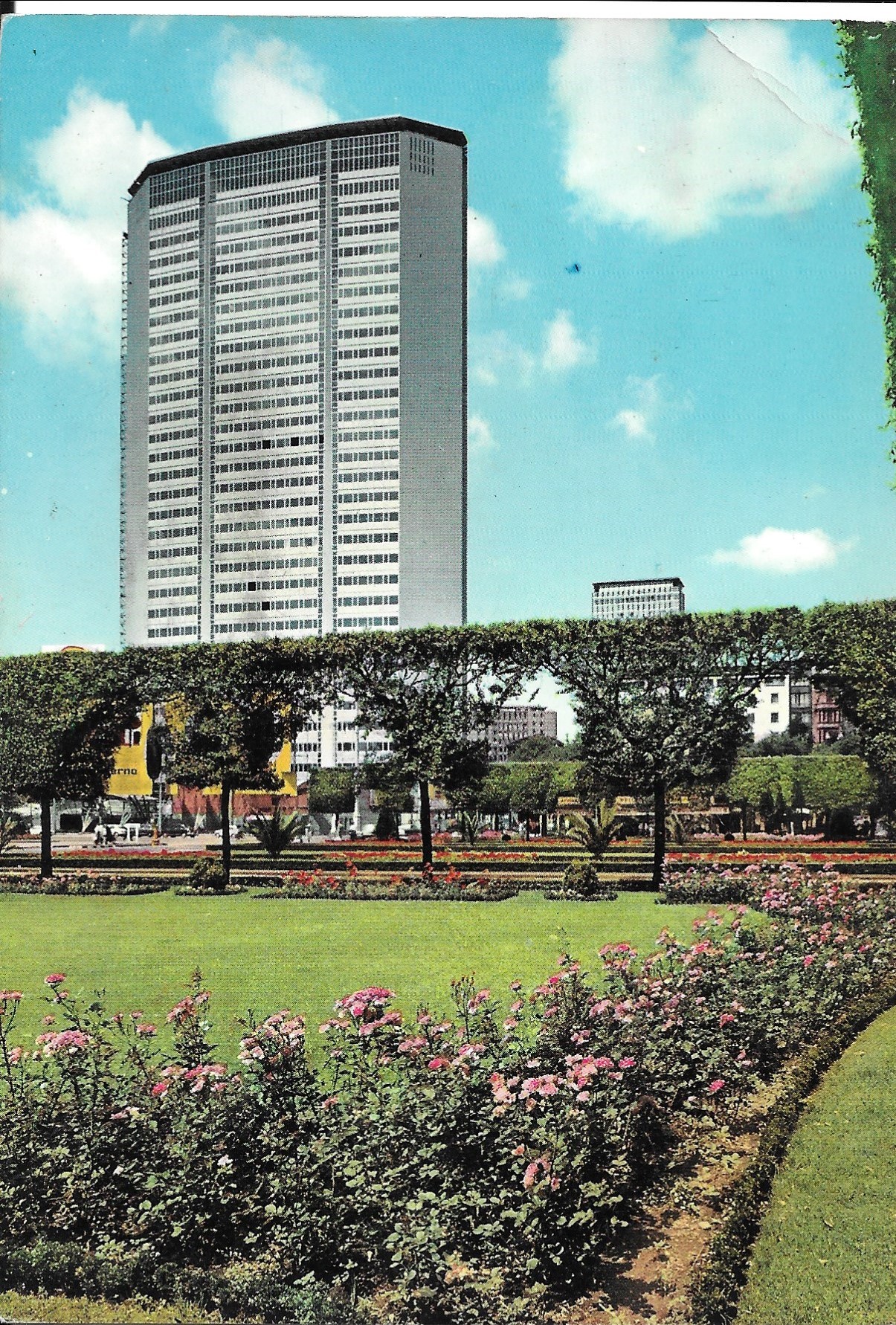Italy
Milan’s Urban Crisis: 140,000 Residents Caught in a Legal Labyrinth

Milan, a city often lauded for its economic dynamism and rapid urban regeneration, is currently grappling with an escalating crisis that threatens to unravel its carefully curated image. An ongoing investigation by the Milan Public Prosecutor’s Office into widespread urban planning irregularities has revealed that thousands of apartments, potentially affecting an estimated 140,000 residents, are entangled in a complex web of alleged illegalities. This profound disruption is causing significant hardship for citizens and casting a long shadow over the city’s development model. The problem was focused in an interview of Liberoquotidiano to Federico Filippo Oriana, presidente of Aspesi Real Estate Union.
The core of the issue lies in a “deviant building system” where, according to the prosecution, rules have been bent or outright ignored. Architects and developers are under scrutiny for “exponential and unjustified increases in assignments and turnover”. The irregularities allegedly stem from influential members of the city’s Landscape Commission providing “false ideological” opinions or direct “home consultancies” to secure project approvals. Projects, such as the “Hidden Garden” in Piazza Aspromonte, have been built to heights more than double what was permitted for the original structures, leveraging questionable interpretations of zoning laws, like reclassifying a courtyard as a “residual internal space”.
For the citizens, the consequences are severe. Many families who invested their life savings in these properties now face profound uncertainty, with over 1,600 apartments currently blocked or under seizure. Others who bought “on paper” find their projects stalled indefinitely, having already paid substantial deposits. This leaves them in a precarious limbo with no clear timeline for resolution. If the judiciary were to interpret the irregularities broadly and retroactively, starting from the period prior to Mayor Sala’s term, as much as 10% of the city’s buildings could be considered irregular from an urban planning perspective.

“Pirellino” Skyscraper from Wikipedia
The situation highlights a deeper societal concern, as Milan, once seen as an interclass city, increasingly becomes a “city for the few”. The spiraling cost of housing and living has progressively pushed the middle class out of central areas into unaffordable peripheries, creating a “social phenomenon” that has largely been ignored by the political leadership.
The legal battle is equally complex and fraught with contradictions. The Milan Public Prosecutor’s Office, led by figures like Tiziana Siciliano, has initiated numerous inquiries, but different judicial bodies have issued conflicting rulings. For instance, while the Cassation Court recently ruled that buildings over 25 meters require more than a mere “Segnalazione Certificata di Inizio Attività” (SCIA), other lower courts like the Tar of Lombardy and even the Constitutional Court have expressed differing views. This judicial discord adds to the existing paralysis of the construction sector, with concerns that the city’s “locomotive” of development is grinding to a halt.
Critics argue that the Milanese judicial zeal is disproportionate when compared to other Italian regions. Statistics from Istat and Openpolis reveal that while Milan city has less than 2% of its constructions deemed abusive, regions like Campania and Calabria see nearly half of their buildings erected illegally or with severe irregularities. Furthermore, Lombardy boasts the highest rate of demolition orders executed (over 37%) compared to Campania (13.1%) or Rome (12.2%). This suggests an uneven application of justice, where legally authorized and well-documented projects in Milan are rigorously pursued, while widespread, overt illegalities elsewhere are largely overlooked.
The current administration, particularly the Democratic Party (Pd) supporting Mayor Beppe Sala, faces accusations of political “complicity” in these urban policies, having silently endorsed a model that attempted to reconcile “Greta Thunberg’s supporters with money from the Qatar fund”. The magnitude of the problem is now prompting calls for a national legislative solution, as municipal approaches are no longer sufficient to address the deep-seated issues. The ongoing crisis underscores the urgent need for transparency, clear legal frameworks, and a balanced urban strategy that prioritizes the well-being of all citizens over unchecked, often dubious, development.






